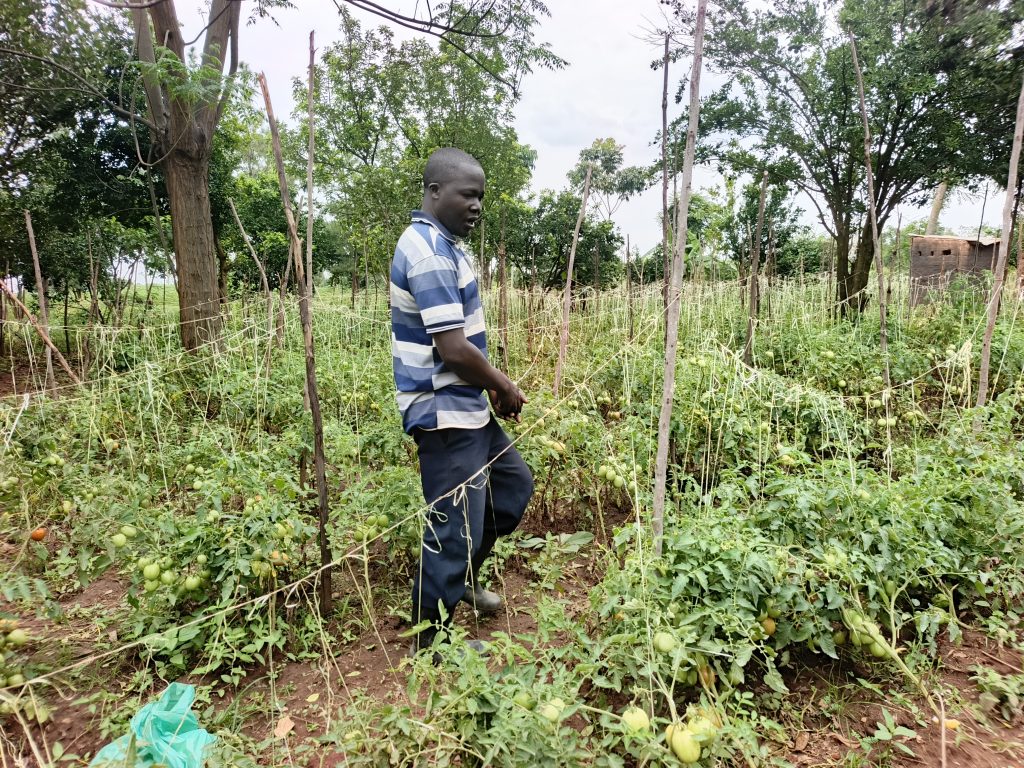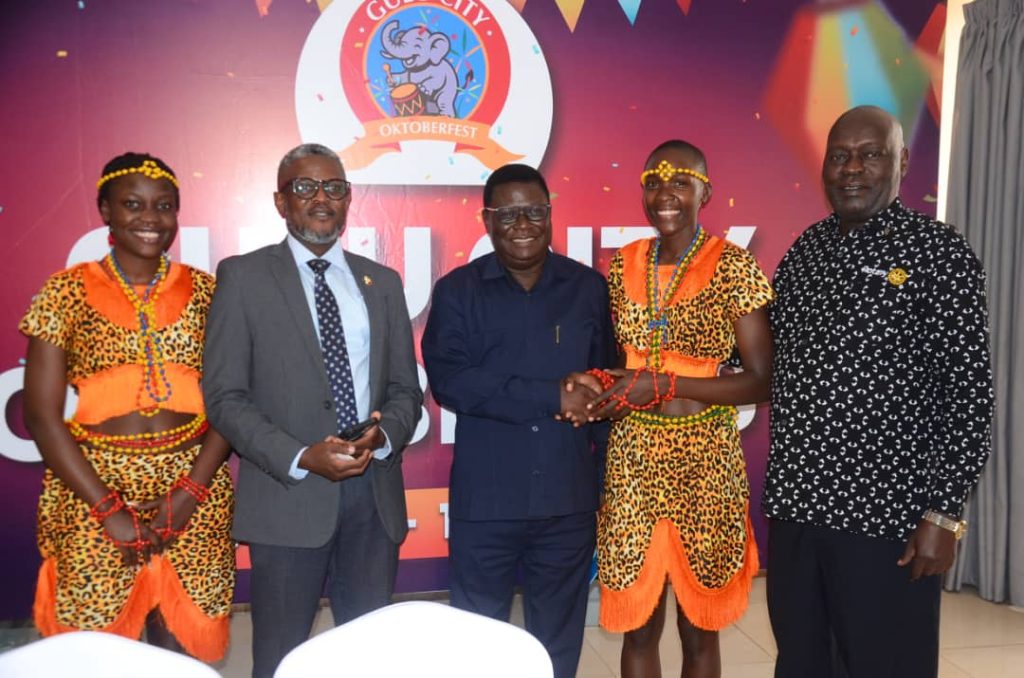Big population swallowing wetlands in Catchment of River Aswa
Written by Ambrose Okwanga on August 19, 2025
Phiona Apio 35year old, a resident of Baronger Godown cell, Lira City East Division, Lira city stated rice growing at the edge of Okole swamp. This was six years ago after Apio failed to secure a job at a factory within Lira City.
“When I came to Lira municipality, I wanted to get a job at the factory but after trying for several months without being employed, I started looking for alternative sources of income” Apio narrated.
Apio said she had no place to live and cultivate crops. She started working on other people’s rice farms for money for several months, much as she was also carrying out farming on some small piece of land that she hired.
She labored to look after her six children and things failed to work out. “life became difficult to the extent that I failed to pay for my rent and this is when I made a decision to get a plot of land in the swamp,” she says, adding that after three months she was earning Shs400,000 from the rice.
Apio relies on the income from rice farming to buy food, clothes for her children, pay rent, and school fees for her children. She says this steady source of livelihood is the main reason she continues to live in Lira city, where the population is growing rapidly.
Rice growing is swallowing the swamp as many people get interested in farming in Lira City. As a result, land is becoming increasingly scarce to the extent that people have to hire land from their counterparts who acquired land in the swamp earlier, according to Apio.
Why do you think it’s still a challenge to leave farming along the wetland?
Apio is convinced that without rice farming, her family would not make ends meet. It is their only source of income sustaining their daily needs from food and clothing to rent and school fees. “I cannot afford to buy or hire a land within the city, and without farming in the wetland meaning I will have to go back to the village,” he says, adding tthat she sells green vegetables, which earns her Shs5,000.
She confessed that they know the dangers of wetland degradation but they continue destroying the wetland while hoping that one day they will strike “gold” and leave that life.
Challenges associated with Rice growing in the swamp
Apio and other farmers are getting exposed to diseases due to lack of protective gears. The women are getting several infections. The floods which sometimes destroy all their rice, people also graze their animals, there are so many snakes among others. In addition, they face risks of being evicted from the swamp.
Recommendations on leaving wetland
Apio suggested that Joint for Water should collaborate with Lira city and establish a market closer to them for their farm produce. She wants a startup capital for small scale business for them and some projects like chicken rearing.
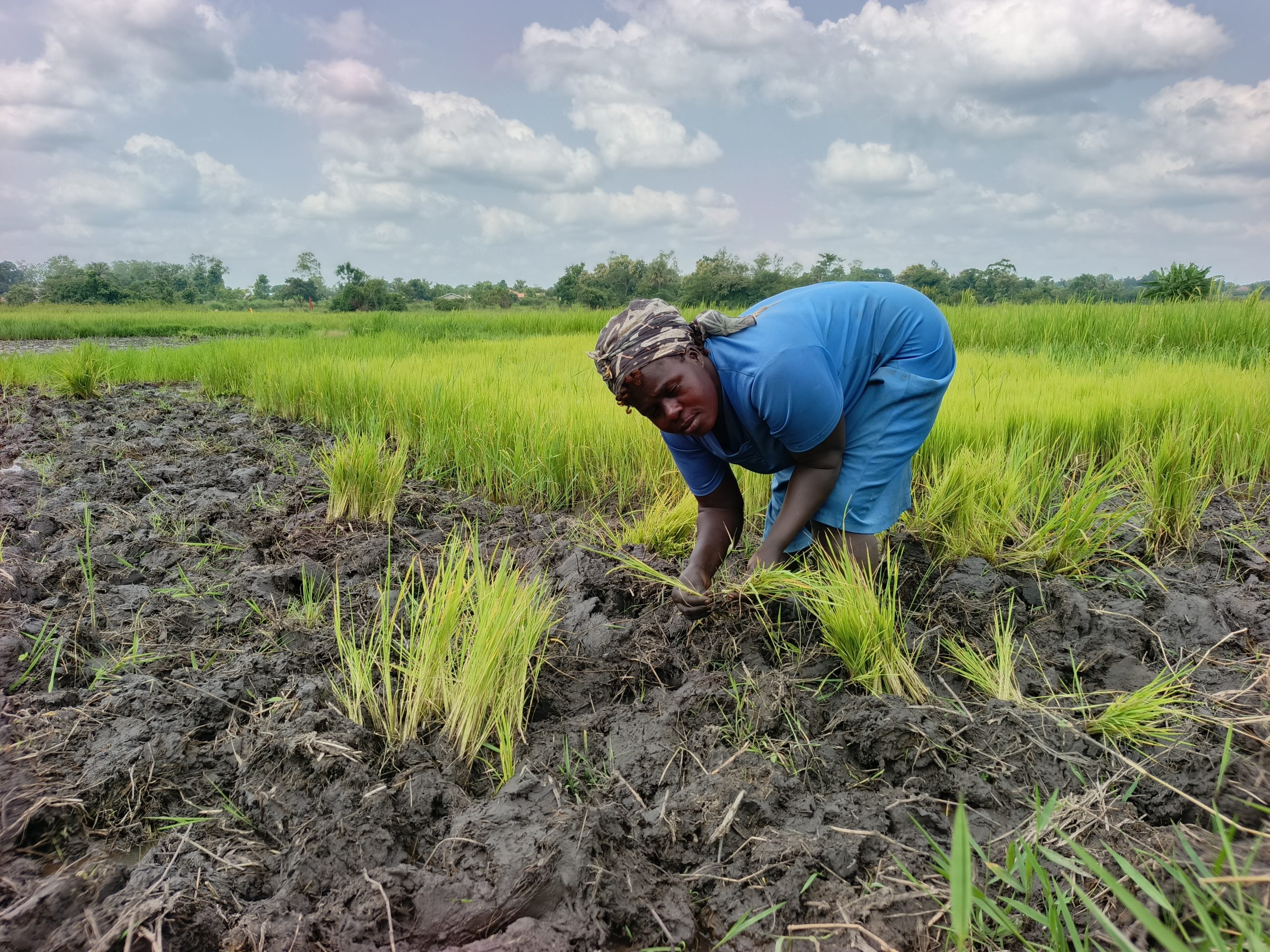
Phiona Apio selecting best rice seedlings for transplant (photo by Ambrose Okwanga).
Apio is not alone. Ketty Ogwang who is 54 years old, and a resident of Baracaci Cell, Lira City said she started rice growing some years ago but at some point, she stopped. She resumed this year because she failed to get a good yield upland.
Ogwang who is a mother of seven said when she left wetland, she failed to raise money for their livelihood. She says the land parcel is not fertile land, they had no option rather than returning to the wetland.
However, she is hoping for another venture within the wetland which is fish farming. “I discussed with my husband on the danger of wetland degradation and agreed on establishing a fish pond in the portion that we are using for rice growing but the only challenge is lack of knowledge and getting permission,” she added.
She appealed to the government to help her diversify her livelihood through projects such as poultry farming and soft loans to start a small business. She also urged the city environment authority to provide technical support in establishing and managing fish ponds.
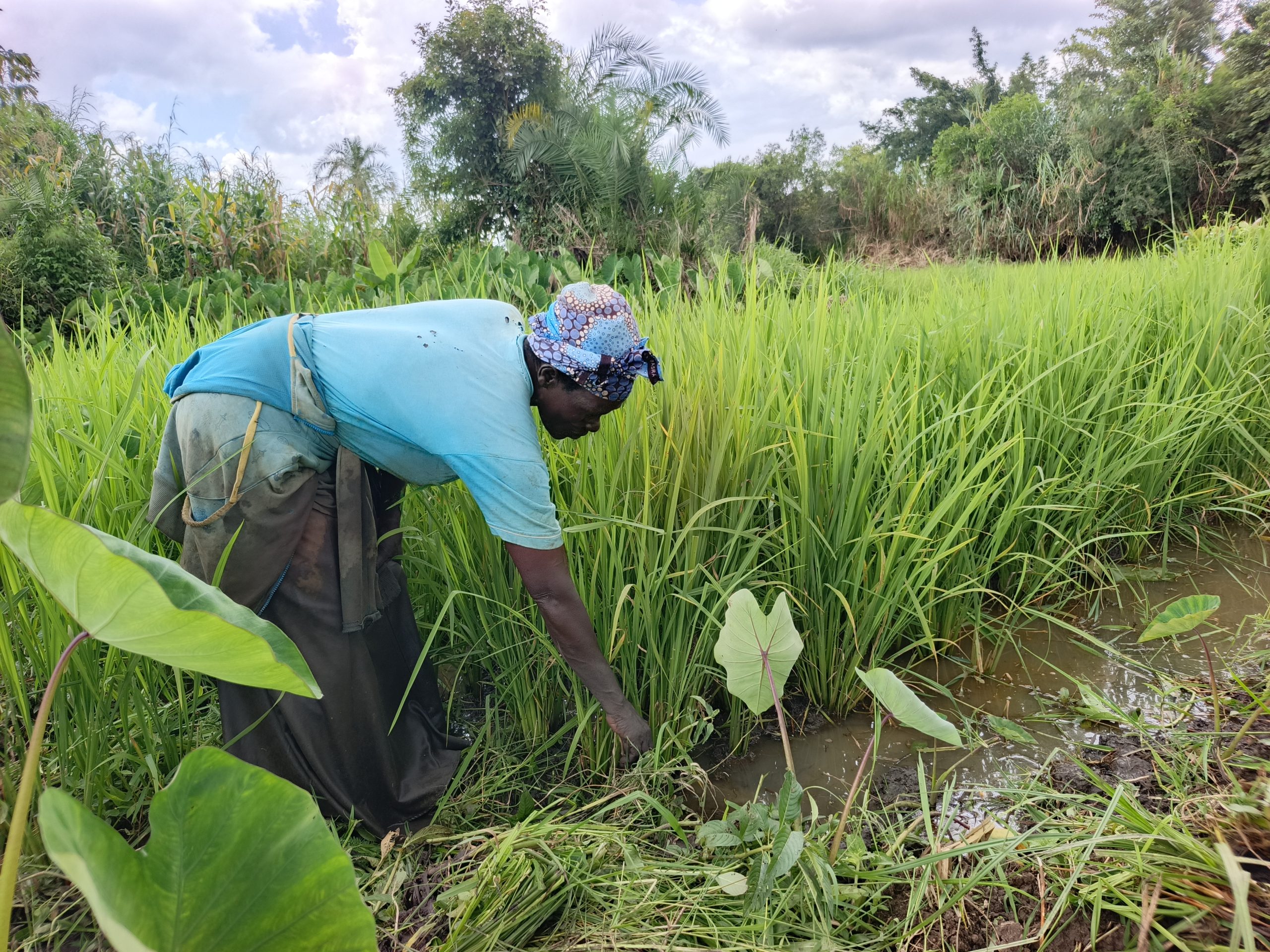
Ketty Ogwang weeding her rice (photo by Ambrose Okwanga)
Eddy Morish Ogweng, an expert in Community development says people have started seeing wetland as the solution to climate change not knowing that they are depriving future users from getting benefits from it.
“There has been an increase in the population of Lira city and the entire Uganda to the extent that people are beginning to reclaim wetlands. The population is growing very fast and if we continue encroaching on wetlands, nothing will be left in the near future. The wetland management committee should not only think about removing people from the wetland but they should also think about alternative livelihood sources” he emphasized.
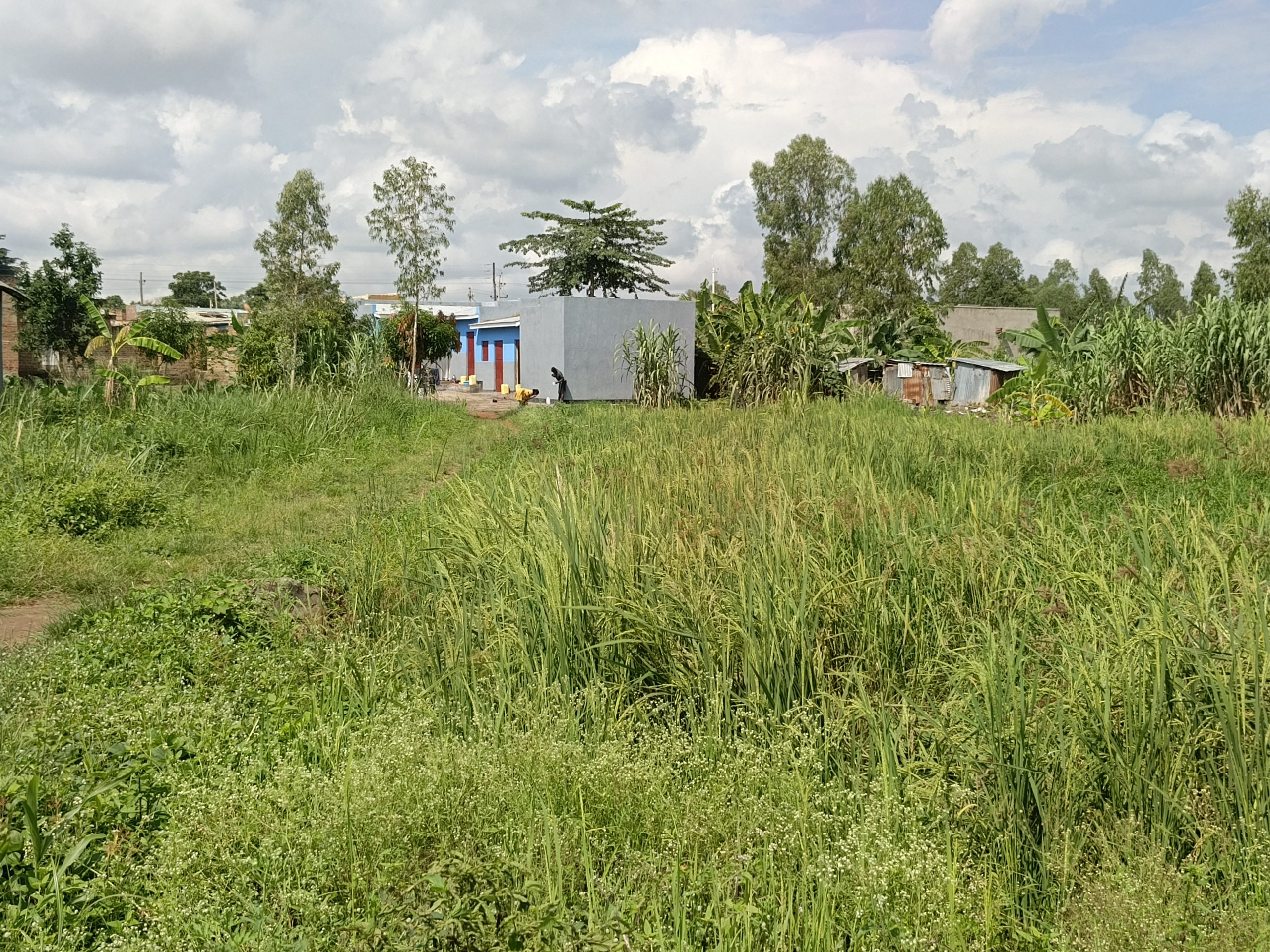
One of the structures built in the wetland due to population push (photo by Ambrose Okwanga)
Leonard Otika, the Lira City environment officer confirmed that as a city they are facing high demand in terms of expansion into the green belt. “our green spaces or buffers, we have demarcated them which means any forms of encroachment is not allowed. We have arrested, prosecuted but this is always our last resort because we are always doing sensitization” Otika added.
Although, many people are moving into the wetlands, authorities have repeatedly advised them to seek alternative land. However, with a growing number of residents selling off their land, many have been left with no option, according to Otika.
Ambrose Etura, the Lira city senior physical planner said Lira is one of the fastest growing cities in Uganda. When it gained its city status on August 2020, the population started increasing massively. He pointed out that during the day, greater percentage of people come to the city central business district for business and at night they go to other satellite centers, and this is putting pressure on the green spaces.
Lira city has lost 48.9% or half of its wetland between 2010 and 2020, according to the research conducted in 2025.
Etura added that what they are trying to do as a city is compact development where within the central business district, they are encouraging building of high rises with multiple activities such as accommodation.
Other factors he said are the effect of LRA insurgent in Lango where many people took refuge into the city and settled in the wetland. In addition, Lira is becoming a business hub, which is attracting many investors.
However, Etura said as the planning department they are no longer approving any building plan within the wetland. “At the moment what we are doing is to buffer all our wetland, developing a drainage master plan for all our drainage channel and chasing people away from the wetland alongside sensitization” he reiterated.
According to the recent population census of 2024, Lira city has a total population of 246,437 people and the research shows that the population of Lira city is growing at the rate of 1.7%.
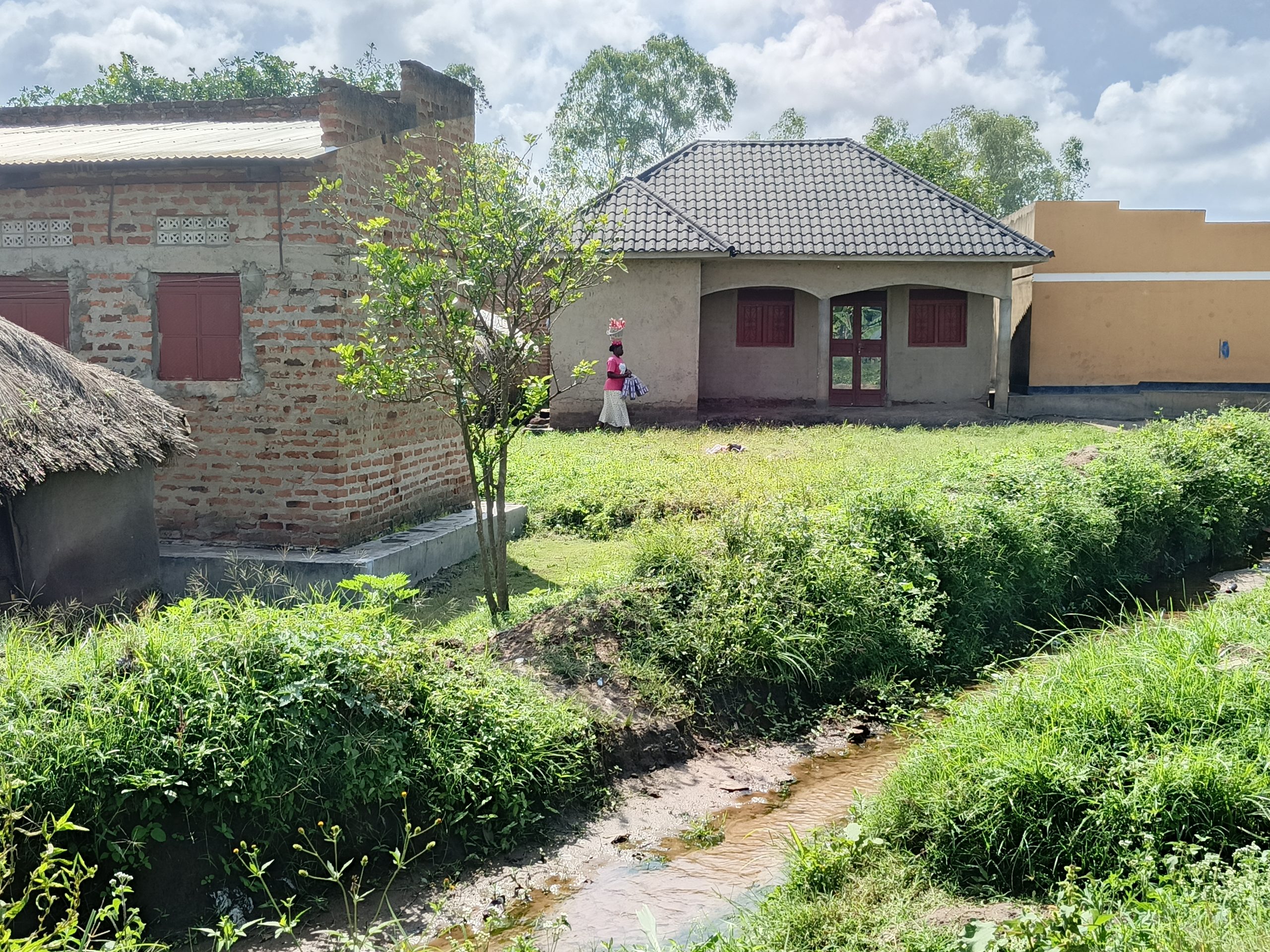
Structures built in the wetland within Lira city (photo by Ambrose Okwanga)
Report from Join for Water
An assessment conducted by Join for Water between June and September 2024 shows that water resources and ecosystems are severely degraded in Aswa catchment area, with bare soils causing high runoff, low water retention, and siltation of rivers and wetlands.
Socio-economic-related challenges identified in the report include among others; high population growth, poverty, low literacy, and poor access to services.
Also land ownership lacks formal documentation, and weak regulation enforcement hampers water resource conservation and increases the risk of social conflict. Vulnerability to natural disasters is high, with severe land degradation, soil erosion, and deforestation due to agriculture, settlement, and uncontrolled bush burning.
These ecological risks have continued to threaten the availability and quality of resources, the study conducted in Aswa I and II Sub-catchments reveals.
Wetland coverage in Lira City
Currently, wetlands in Uganda cover a total surface area of 3,762.6 square kilometres (KM2), which is 13.9%, with a notable increase of 0.9% from 13% in 2021 to 13.9% in 2023. In Lira City, wetlands (swamps) cover approximately 189.91 square kilometers. The wetlands include; Lira Pentecostal church stretch to Te-Obaya, Omodo, Anai, Anyomorem, Okole-Omito stretch, Aler,Anyalo, Okole-Ngetta stretch, Okole –Railways and Te-kulu wetland among others.
Ends

